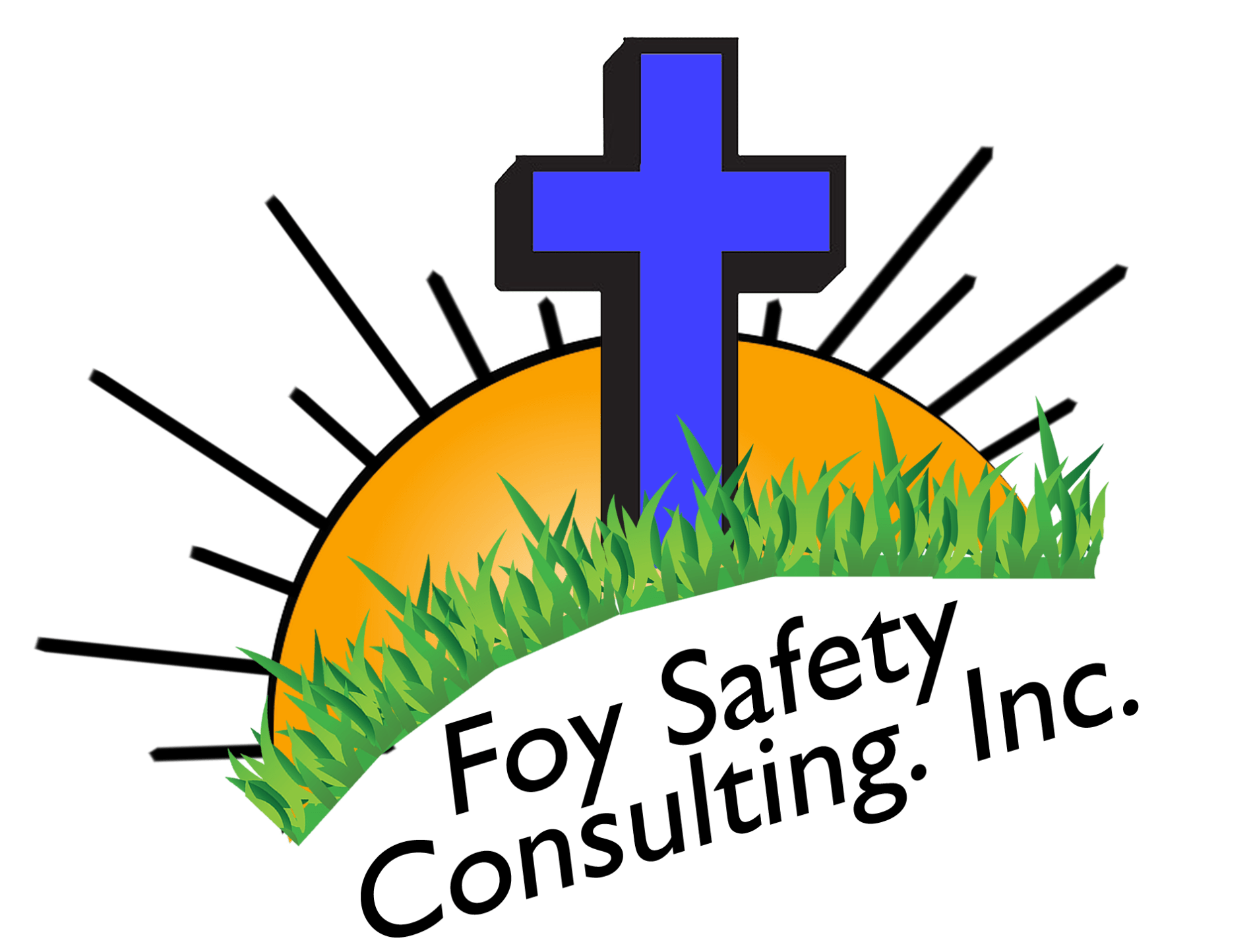Construction sites are hazardous. With so much going on simultaneously, construction workers must always be aware of their surroundings. If they are not, a severe injury or even death could occur. In addition, construction workers are exposed to the elements and, at times, are required to work during rain, snow, heat, and cold. These environmental hazards make the construction site severely more dangerous for all workers. To keep you and your workers safe on the job site, here are a few tips that will significantly improve site safety.
Training
Safety should be a worker’s top priority and should be stressed before he/she begins working. Although OSHA has published resources designed to aid businesses in training employees on basic safety, some of the safety training required for the job can be accomplished with on-the-job training performed by a qualified person, and more detailed training should be provided by a trainer recognized by OSHA. OSHA’s resources include videos and pamphlets. These can be used to supplement in-house safety training performed by a qualified person. Even those with experience should attend these sessions as a refresher on safety standards and practices while on the job site.
The most common injury sustained on the construction site is a result of falls. Falls contribute to 40% of worker-related fatalities; however, with proper training, your job site could be free of work-related falls and deaths. It is important to remember that without adequate training, construction workers put their own lives and the lives of their coworkers at risk.
Proper Equipment
Equally important as proper training is adequate equipment. Without adequate equipment, the training your workers receive will be incomplete. How can they be expected to practice standard safety procedures if their equipment is outdated? Keeping and using obsolete equipment on the job site can lead to serious, even fatal injuries. It is critical that each piece of equipment and machinery be regularly inspected for issues. Ignoring this aspect of job site safety will cause an unsafe work environment and can ultimately lead to fatal errors occurring.
Transparency
Transparency is essential when an accident occurs. A construction site is hazardous, and accidents do happen. When an accident occurs, attempting a cover-up will only make matters worse. Trying to hide the accident from management, the press or the public will bring the entire organization down. It will portray the construction firm as one that does not care about its workers, and if you attempted to cover up an accident, that portrayal would not be wrong. Most people understand that a construction site is a dangerous place to work. People understand that the potential for accidents are likely, and even the possibility for death is not lost to most people when working on a construction site. Therefore, attempting a cover-up is the worst action you can take when an accident occurs.
Supervision
After all the training has been done, it would be great if everyone would practice the proper ways of handling machinery and equipment. However, this is the real world and in the real world, people are lazy and self-centered. Therefore, it is always important to have a strong supervisor on the job site, along with a team member who is dedicated to safety. These should be people who can enforce the safety standards and enforce repercussions should they not be followed.
Communication
Construction sites are dangerous places, but they can become even more hazardous if there is a lack of communication. It is vital that your workers know what to expect before they enter the job site. Discuss with your team the daily goals and activities. Doing so will help your organization better understand what will be happening on the job site during the day, allowing for better job site safety. You should ensure that proper communication is maintained between workers and managers. Proper communication helps the project move along faster and helps keep every individual informed.
Job sites can be extremely dangerous. Therefore, it is important that you take advantage of all the resources available to make sure that you are doing everything you can to keep your employees safe. If you are interested in any safety training, call Terry at Foy Safety Consulting. We have trained professionals who are recognized by OSHA to assist you in all your training needs.
At Foy Safety Consulting, your team’s safety is our number one priority!
If you have questions about what Foy Safety can do for your company, consider visiting our FAQ page! If you cannot find the answer there, write us an email or give us a call!

